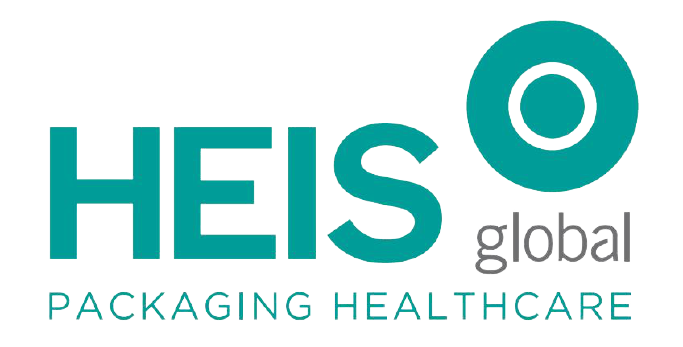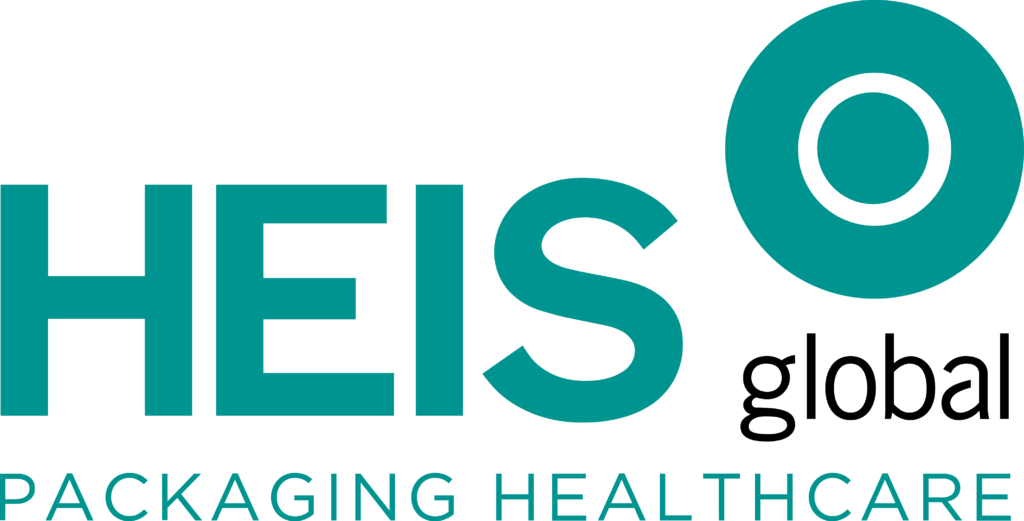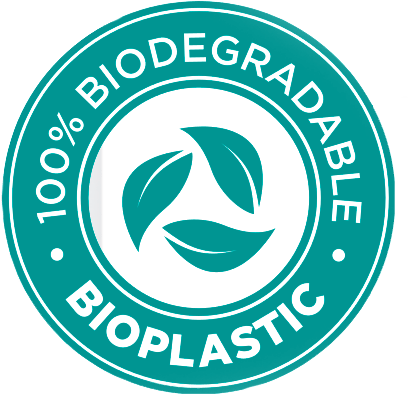
Nutraceuticals, a combination of “nutrition” and “pharmaceutical,” are gaining immense popularity in the pharmaceutical industry due to their potential health benefits. As the demand for nutraceuticals grows, so does the need for sustainable packaging solutions. One such solution gaining traction is the use of polylactic acid (PLA) in nutraceutical packaging. In this article, we delve into the various aspects of nutraceutical packaging in PLA and its significance in the pharma industry.
Understanding PLA
Polylactic acid, or PLA, is a biodegradable and compostable polymer derived from renewable resources such as corn starch or sugarcane. Its eco-friendly nature makes it an attractive alternative to traditional petroleum-based plastics. PLA has garnered attention for its versatility, biocompatibility, and ability to reduce carbon footprint, making it a promising material for nutraceutical packaging.
Benefits of PLA in Nutraceutical Packaging
- Environmental Sustainability: PLA offers a sustainable packaging solution by reducing reliance on fossil fuels and minimizing carbon emissions. Its biodegradability ensures proper disposal and reduces environmental pollution, aligning with the growing trend of eco-conscious consumerism.
- Biocompatibility and Safety: PLA is considered safe for packaging applications in the pharmaceutical industry. It exhibits excellent biocompatibility, making it suitable for direct contact with nutraceutical products without compromising their quality or safety.
- Versatility and Customizability: PLA can be molded into various shapes and sizes, offering versatility in packaging design. It allows for innovative packaging solutions tailored to the specific requirements of nutraceutical products, enhancing product differentiation and shelf appeal.
- Barrier Properties: PLA can be modified to enhance its barrier properties, protecting nutraceutical products from moisture, oxygen, and other external factors that may compromise their efficacy and stability. Advanced PLA formulations ensure optimal product protection and shelf-life extension.
Challenges and Solutions
While PLA presents numerous benefits, it also comes with challenges that need to be addressed:
- Cost Considerations: PLA production costs may be higher compared to conventional plastics, impacting the overall packaging expenses. However, advancements in manufacturing processes and economies of scale are gradually reducing the cost gap between PLA and traditional plastics.
- Mechanical Strength: PLA’s mechanical strength and heat resistance may not match those of petroleum-based plastics, posing challenges in certain packaging applications. Reinforcement techniques and additives can be employed to improve PLA’s mechanical properties and heat resistance, ensuring adequate packaging performance.
- Recycling Infrastructure: Despite being compostable, PLA requires specific industrial composting facilities for proper decomposition. The lack of widespread composting infrastructure poses a challenge for PLA disposal and recycling. Efforts to expand composting facilities and promote PLA recycling initiatives are essential for maximizing its environmental benefits.
Future Perspectives and Trends
The future of nutraceutical packaging in PLA looks promising, driven by ongoing advancements and evolving consumer preferences:
- Innovative Materials: Research and development efforts continue to focus on enhancing PLA’s properties and developing new bio-based materials for nutraceutical packaging. Novel formulations and composite materials offer improved performance and sustainability, catering to diverse packaging needs.
- Circular Economy Initiatives: Adoption of circular economy principles promotes closed-loop systems where PLA packaging is recycled and reused, minimizing waste and resource consumption. Collaborative initiatives between stakeholders across the value chain are crucial for establishing robust recycling infrastructure and fostering a circular economy for nutraceutical packaging.
- Consumer Awareness and Demand: Growing awareness among consumers regarding environmental issues drives demand for sustainable packaging solutions. Brands that prioritize eco-friendly packaging, including PLA, are likely to gain consumer trust and loyalty, influencing purchasing decisions in the nutraceutical market.
Conclusion
Nutraceutical packaging in PLA represents a sustainable solution that aligns with the evolving needs of the pharma industry. Its eco-friendly properties, safety, and versatility make it an attractive choice for packaging nutraceutical products. Despite facing challenges, ongoing innovations and collaborative efforts are driving the adoption of PLA in nutraceutical packaging, paving the way for a greener and more sustainable future in pharmaceutical packaging.


